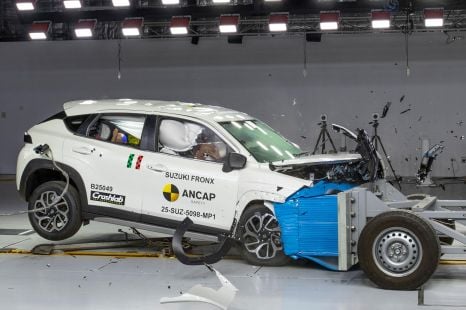

Damion Smy
Suzuki Fronx scores one-star ANCAP rating after seatbelt failure
3 Hours Ago

Contributor
Kia wants desperately to take on the Tesla Model X with a big, electric SUV in Australia.
The EV9 has already been previewed with a boxy concept, and will hit production in 2023. Kia Australia hasn’t yet locked it in for our market, but it has its “hand up as high as it can go” for the car.
“Whilst it hasn’t been green-lit yet, we feel that we’ll fill a really nice void in the Australian market and be very much a leader in the EV space for that size,” Kia Australia marketing director Dean Norbiato told CarExpert.
“There’s a lot of coupes and sedans, and smaller cars. This is going to be a true full-size EV for the Australia market.”
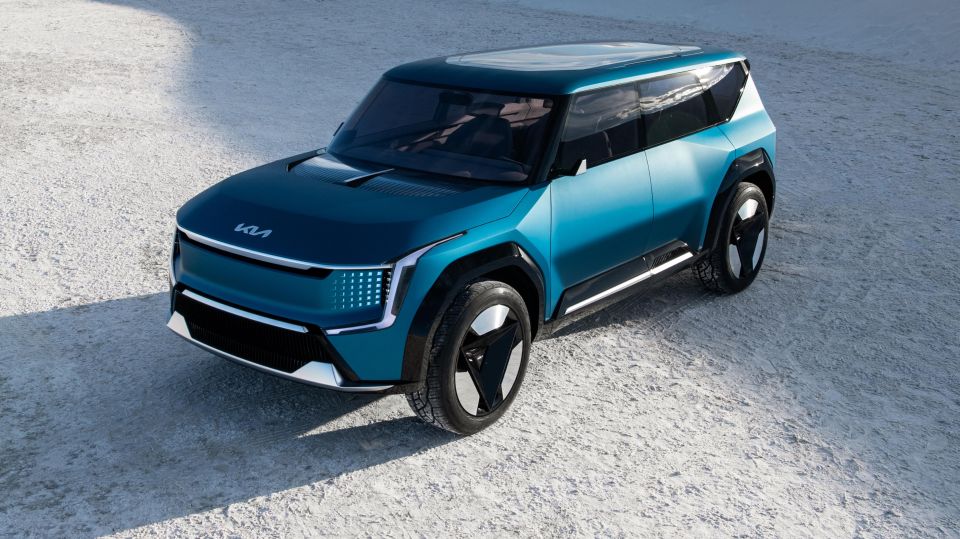

The EV9 is a three-row SUV based on Hyundai and Kia’s new Electric Global Modular Platform (E-GMP). Measuring in at 4930mm long, 2055mm wide and 1790mm tall, it’s 50mm shorter nose-to-tail than a Hyundai Palisade, but 80mm wider and 40mm taller.
Crucially, it also rides on a 200mm longer wheelbase. That should allow Kia engineers to free up more interior space, and maintain a flat floor across all three rows
Kia hasn’t offered a full spec breakdown, but said the Concept EV9 has a range of up to 483km. It also can be DC fast-charged at speeds of up to 350kW, which means it can be zapped from 10 to 80 per cent in 20 to 30 minutes plugged into the right kind of charger.




Although there are some large, electric SUVs on sale in Australia – the BMW iX, for example – only the Tesla Model X that’s currently not being shipped Down Under offers three rows of seating. At 5036mm long and 2072mm wide, the Model X is larger than the Kia concept.
The EV9 is part of a broader electric push that will see Kia launch seven e-GMP-based vehicles globally by 2027.
“We are negotiating strongly to bring as many of them to our shores as quickly as possible. If we’re lucky enough, there could be another couple next year,” Kia Australia product boss, Roland Rivero, has previously told CarExpert.
The flagship EV6 and more affordable Niro are currently leading the charge for Kia in Australia, but supply of the former is tight, and the latter isn’t built on the high-tech e-GMP platform.
Where expert car reviews meet expert car buying – CarExpert gives you trusted advice, personalised service and real savings on your next new car.
Scott Collie is an automotive journalist based in Melbourne, Australia. Scott studied journalism at RMIT University and, after a lifelong obsession with everything automotive, started covering the car industry shortly afterwards. He has a passion for travel, and is an avid Melbourne Demons supporter.


Damion Smy
3 Hours Ago
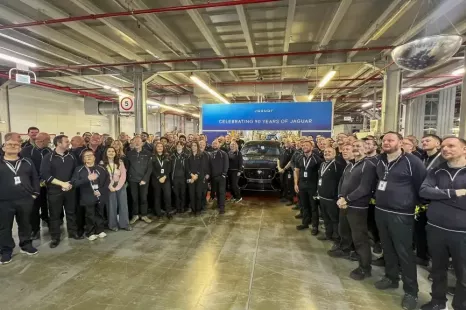

Damion Smy
7 Hours Ago
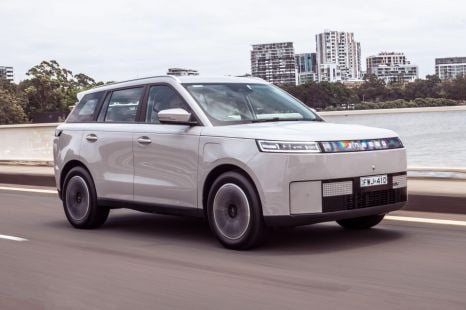

Josh Nevett
9 Hours Ago
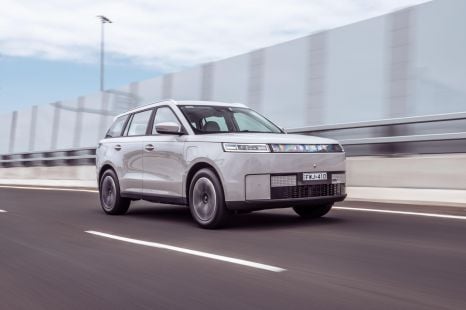

Josh Nevett
9 Hours Ago
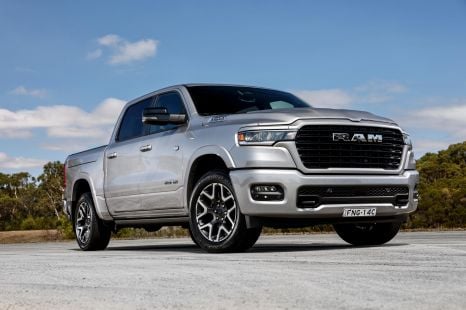

Damion Smy
9 Hours Ago
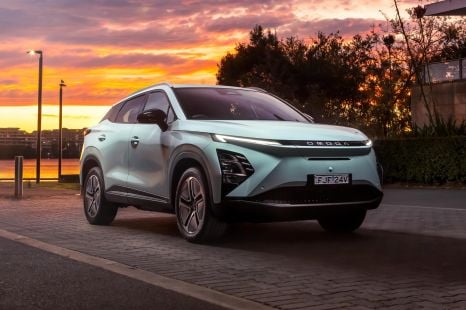

CarExpert.com.au
10 Hours Ago